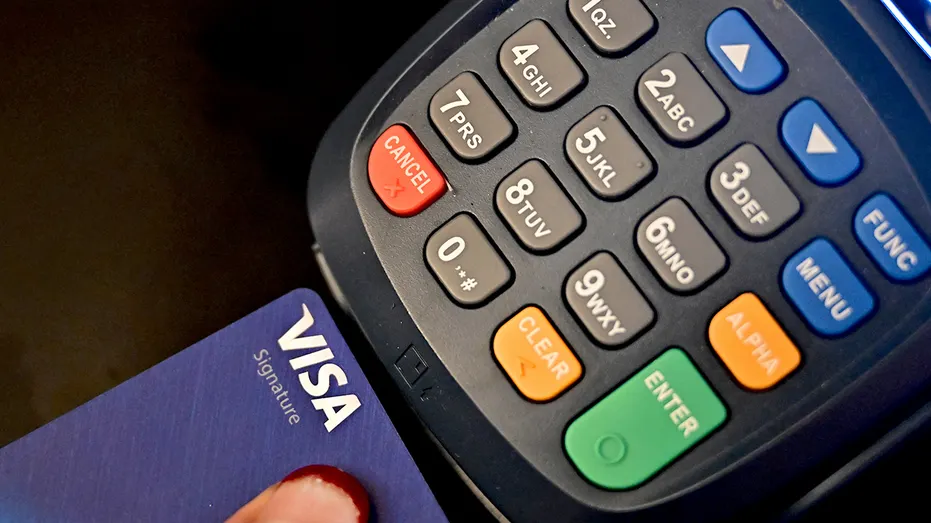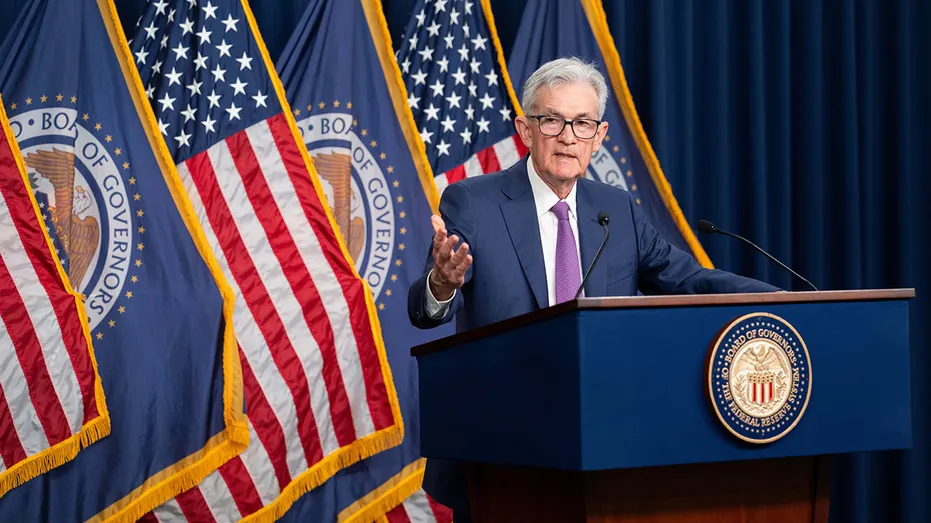U.S. consumer confidence plunged sharply in February by more than expected, according to a report released Tuesday.
The Conference Board released its Consumer Confidence Index on Tuesday declined to 98.3 in February, the lowest level since June. That’s well below the LSEG poll’s estimate of 102.5 for February and the prior reading of 104.1 in January.
“In February, consumer confidence registered the largest monthly decline since August 2021,” said Stephanie Guichard, senior economist, global indicators, at The Conference Board. “This is the third consecutive month-on-month decline, bringing the index to the bottom of the range that has prevailed since 2022.”
One of the components of the Conference Board’s report is the Present Situation Index, which is based on consumers’ assessments of current business and labor market conditions and fell by 3.4 points to 136.5. The Expectations Index – which is based on consumers’ short-term outlook for income, business and labor market conditions – dropped 9.3 points to 72.9 and was below the threshold of 80 that usually signals a recession ahead for the first time since June 2024.
US CONSUMER SENTIMENT PLUNGES ON WORRIES OVER PRICES FROM INFLATION AND TARIFFS
“Of the five components of the Index, only consumers’ assessment of present business conditions improved, albeit slightly. Views of current labor market conditions weakened. Consumers became pessimistic about future business conditions and less optimistic about future income. Pessimism about future employment prospects worsened and reached a ten-month high,” Guichard wrote.
The decline in confidence was shared across all age groups but was the deepest for consumers between the ages of 35 and 55. It was also broad-based among income groups, with the only exceptions being those earning less than $15,000 a year and between $100,000 and $125,000.
FED OFFICIALS FLAG RISING INFLATION RISKS AMID UNCERTAINTY OVER TRUMP POLICIES, TARIFFS

Average 12-month inflation expectations surged in the report from 5.2% to 6% in February. Guichard said that the “increase likely reflected a mix of factors, including sticky inflation but also the recent jump in prices of key household staples like eggs and the expected impact of tariffs.”
Guichard noted that inflation and prices continue to rank high in respondents’ write-in responses, but there was a sharp uptick in mentions of trade and tariffs to a level unseen since 2019. She added that “comments on the current Administration and its policies dominated the responses.”

LPL Financial chief economist Jeffrey Roach noted that there could be some behavioral shifts among consumers based on the sentiment expressed by the report’s findings and added that the Federal Reserve’s rate-cutting pause is unlikely to be changed by it in the near-term.
“Consumers are increasingly nervous about the unknown impacts from potential tariffs and could pull forward consumer demand as they anticipate higher prices for imports in the near future,” Roach explained. “One note of caution: consumer surveys are much more volatile than the hard data of retail sales so the Fed will not likely change their stance on monetary policy at the next couple of meetings.”
Read the full article here
















